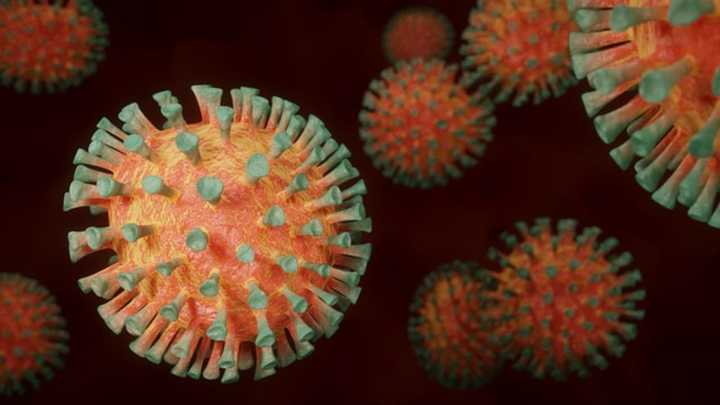JN.1, an offshoot of the highly transmissible Omicron variant and one of its subvariants, the BA.2.86 strain known as Pirola, now accounts for 44 percent of US cases, according to new data from the Centers for Disease Control and Prevention (CDC) released on Friday, Dec. 22.
JN.1 has more than doubled its prevalence in one week after accounting for 21.4 percent of US cases in the previous data reported by the CDC.
It's even more widespread in the Northeast, where JN.1 makes up more than 56 percent of new COVID cases, the CDC says.
According to epidemiologists, JN.1 symptoms so far have been similar to those of Omicron and its subvariants, often including sore throat and congestion.
Other reported symptoms include runny nose, sneezing, cough, nausea, fatigue, headache, and muscle aches.
Symptoms associated with the original novel coronavirus pandemic starting in 2019 -- fever, loss of taste and/or smell, and trouble breathing -- are not commonly linked to Omicron.
In a statement issued earlier this month, the Centers for Disease Control and Prevention CDC said: "In general, symptoms of COVID-19 tend to be similar across variants.
"The types of symptoms and how severe they are usually depend more on a person’s immunity and overall health rather than which variant causes the infection."
The World Health Organization declared JN.1 to be "a variant of interest" on Tuesday, Dec. 19, saying "its prevalence has been rapidly increasing globally."
JN.1 was first identified this past August.
The HV.1 Omicron subvariant, also identified late in the summer, is the No. 2 strain in the US, accounting for 22 percent of cases in the country.
Check back to Daily Voice for updates.
Click here to follow Daily Voice Hudson and receive free news updates.
